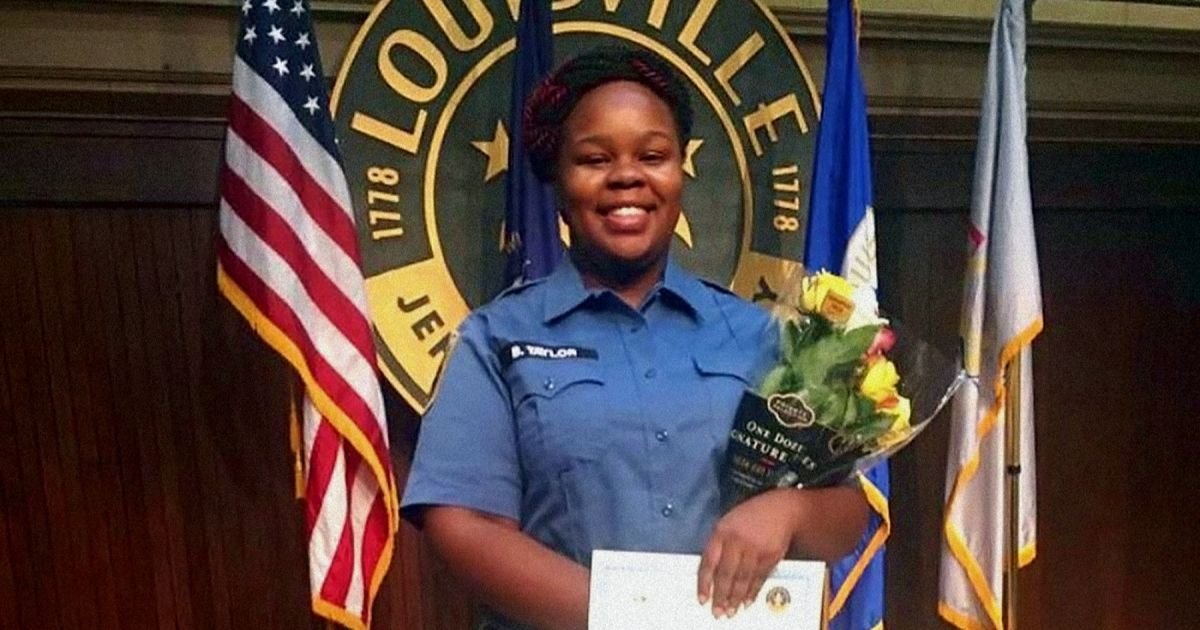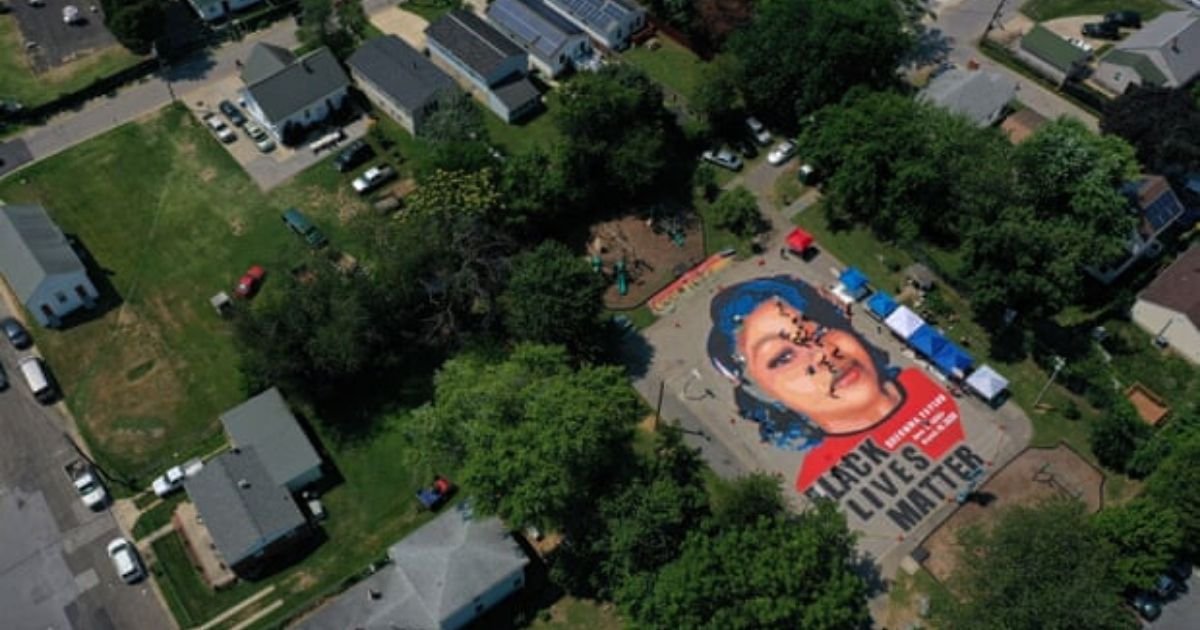The project was led by a non-profit art collective, Annapolis-based Future History Now, which creates murals with youth facing adversity in underserved communities.
Julia Gibb, Future History Now’s co-founder said in a CNN report that the idea came about after co-founder Jeff “Jahru” Huntington and two of the group’s teaching artists, Comacell Brown and Deonte Ward, painted a mural of George Floyd that included the names of other Black Americans killed at the hands of police.

Taylor’s death has become another flashpoint in national protests over police brutality. Breonna was killed in March by three Louisville, Kentucky, Metropolitan Police Department officers during the execution of a no-knock warrant.

“We wanted to choose a subject that threw attention to the fact that there is violence toward African American women, and we didn’t want (Taylor) to be forgotten about. At the time, it seemed like the George Floyd incident was getting a lot more attention,” Gibb said.
“We think she and George Floyd symbolize a turning point in our culture and we wanted to, as this small town, be involved in this national conversation, and have children’s voices and feelings be involved in the national conversation.”
The mural is in partnership with the Maryland Commission on African American History and Culture and Banneker-Douglass Museum.
Working alongside local authorities, the organizers limit the number of onlookers and followed social distancing and mask protocols, Gibb said.
While the mural is intended to honor the life of Taylor, the organization says it doesn’t want it to distract from real change the country needs.
“This effort is not intended to be a performative distraction from real policy changes, but rather a form of using peaceful and artistic means to express distress, giving a voice to those who need to be heard and to have their humanity recognized,” Future History Now stated on its website.
“With our projects in general, we try to uplift the youth in our communities, and through our art projects, which all have an educational component, we try to teach them about their histories,” he said.point 304 |
“And by participating in it, they can look back in their lives when they’re older and know that they were part of this civil rights movement (since) the olden days in 2020.point 153 | ”point 160 | 1
